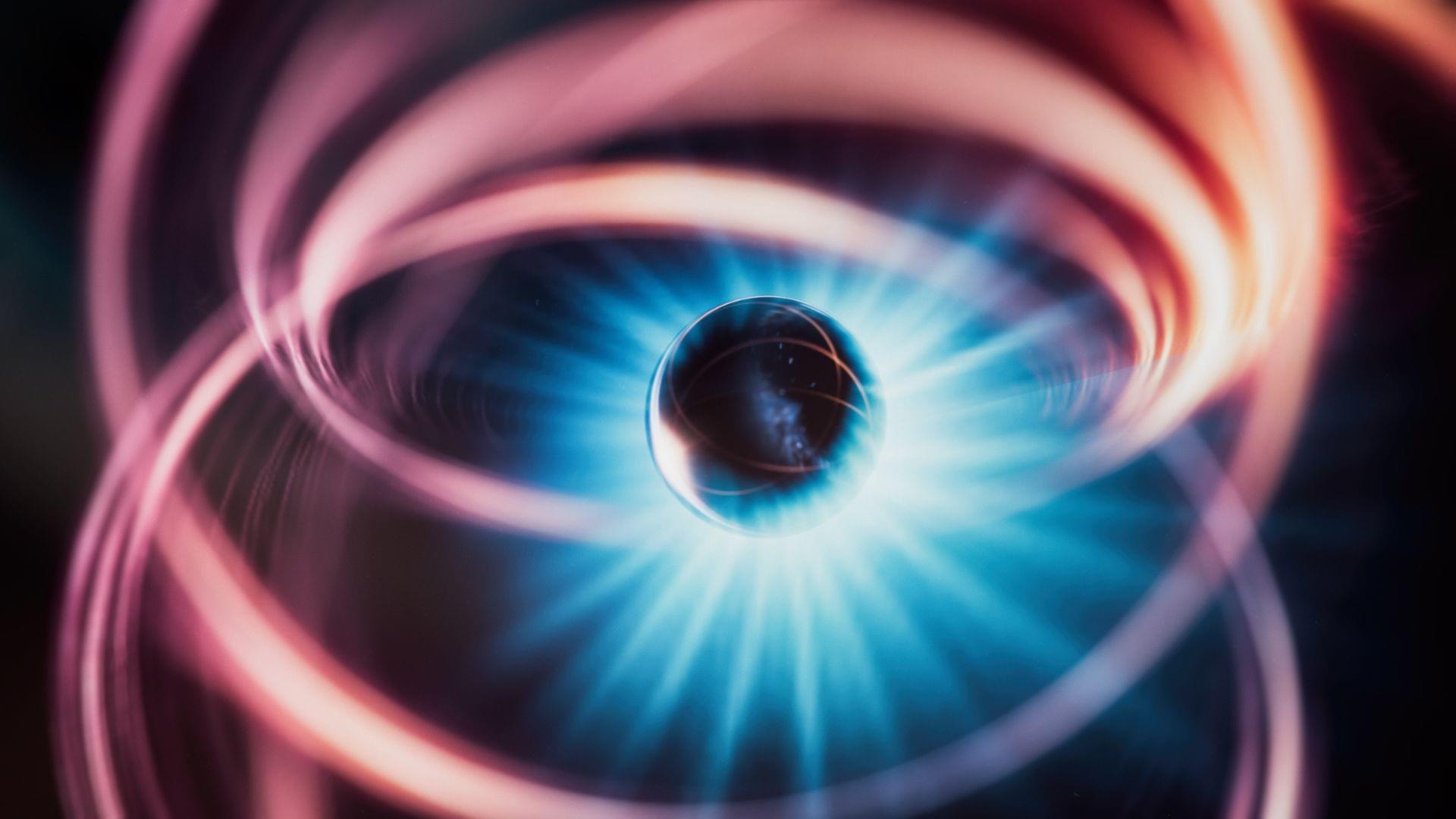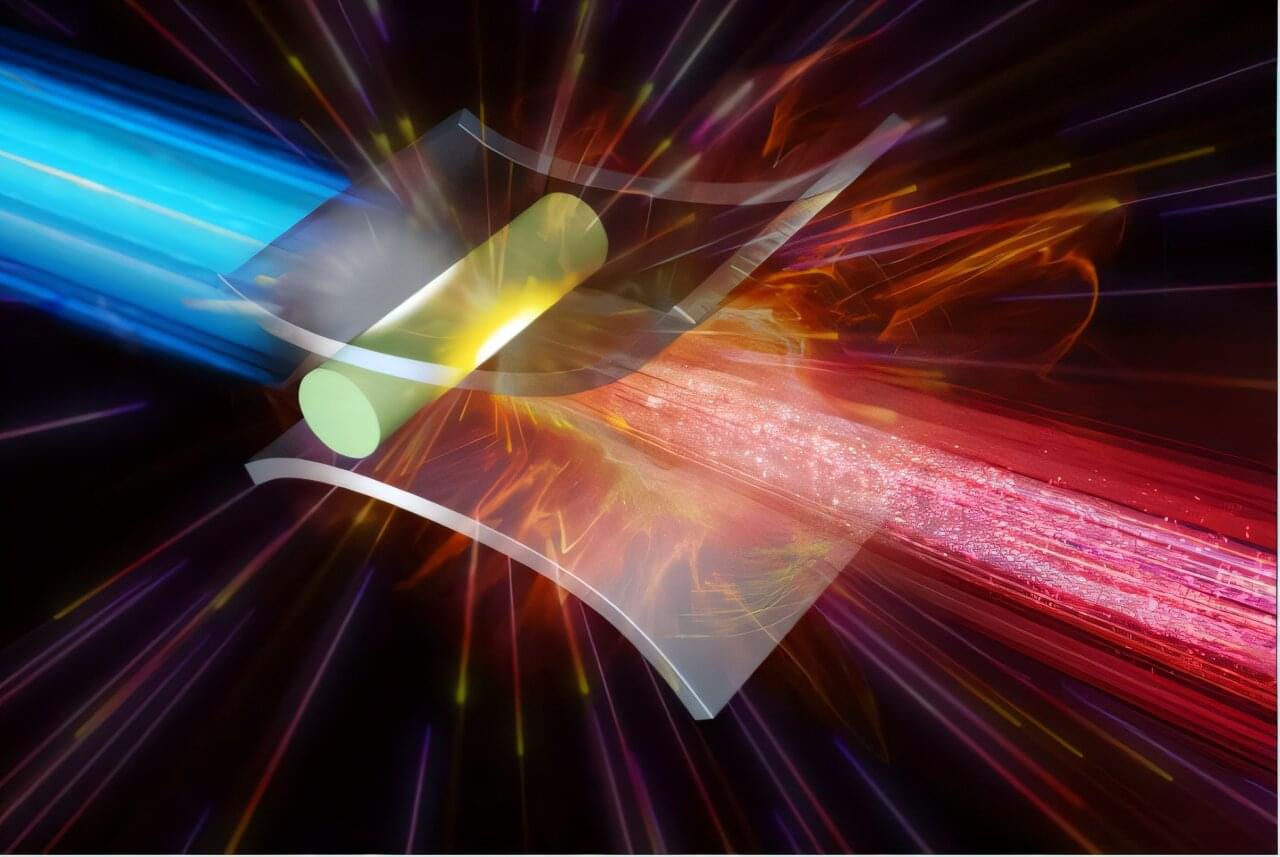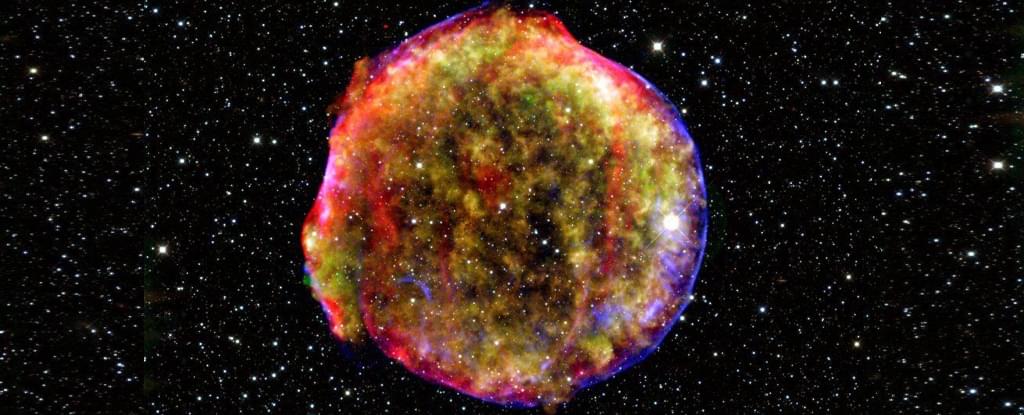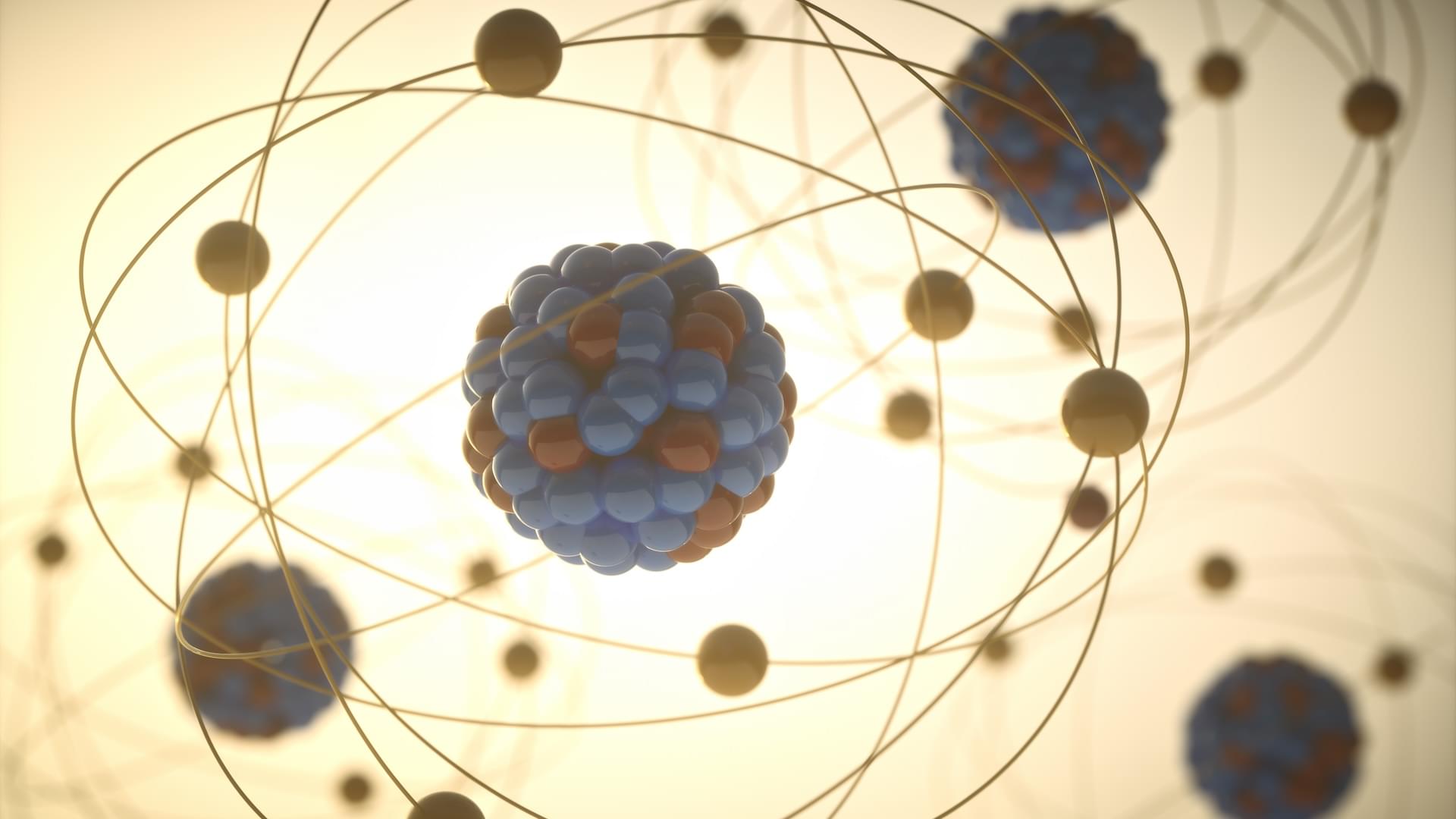Cosmic rays are high-energy particles from outer space that strike Earth’s atmosphere, generating showers of secondary particles, such as muons, that can reach the planet’s surface. In recent years, ground-based experiments have detected more cosmic muons than current theoretical models predict, a discrepancy known as the muon puzzle.
Underground experiments offer good conditions for the detection of cosmic muons, because the rock or soil above the experiments absorbs the other shower components. They could therefore help to solve the muon puzzle. One example is ALICE at the Large Hadron Collider (LHC).
Designed to study the products of heavy-ion collisions, ALICE is also well-suited for detecting cosmic muons thanks to its location in a cavern 52 meters underground, shielded by 28 meters of overburden rock and an additional 1 meter of iron magnet yoke.








